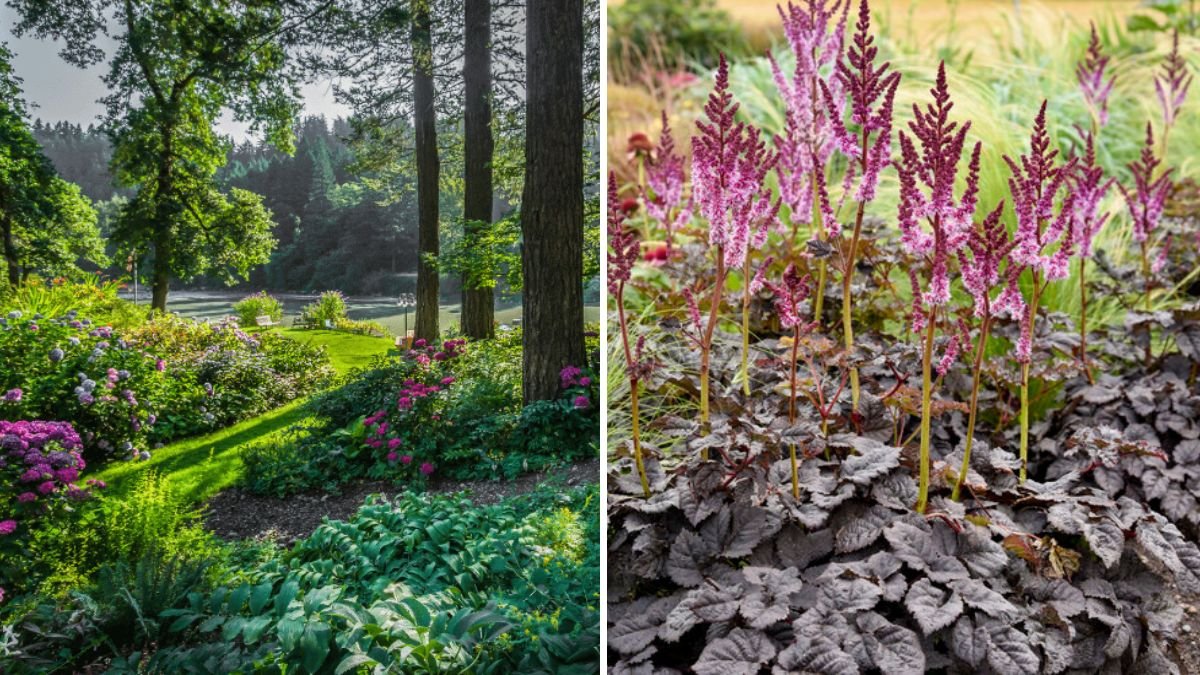Planting under trees can be a tricky gardening endeavor. While trees provide shade, beauty, and structure to a garden, the area beneath them is often nutrient-poor, dry, and competitive for sunlight and water. Many gardeners make the mistake of planting incompatible species under trees, leading to stunted growth, poor flowering, and plant death.
Understanding which plants to avoid under trees ensures both the tree and surrounding plants thrive without competing for resources. This article explores seven plants you should never plant under trees, explains why they are unsuitable, and provides tips for creating a harmonious garden ecosystem.
1. Shallow-Rooted Perennials
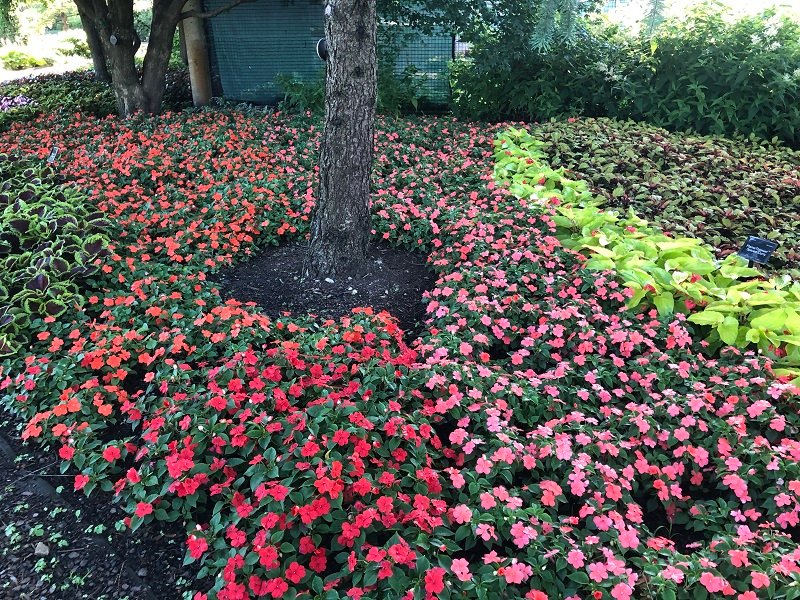
Why They Don’t Mix
Many perennials have shallow root systems that compete directly with tree roots for water and nutrients. Planting them under trees often leaves them drought-stressed and nutrient-deficient.
Examples
- Phlox
- Creeping Jenny
- Coral Bells (Heuchera)
Effects of Planting Under Trees
- Stunted growth due to competition with tree roots.
- Reduced flowering or foliage quality.
- Increased vulnerability to pests and diseases.
Best Practice
- Plant shallow-rooted perennials in open garden beds with ample sunlight.
- Consider using mulch or raised beds to reduce root competition.
2. Water-Loving Plants
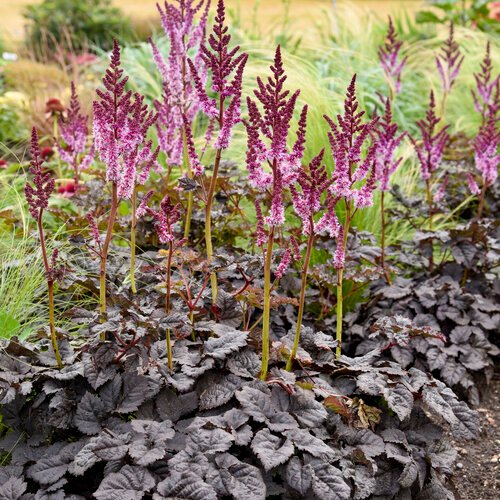
Why They Don’t Mix
Trees naturally create dry microclimates due to their extensive root systems absorbing most of the available water. Moisture-loving plants cannot tolerate these dry conditions.
Examples
- Ferns
- Hostas
- Cannas
Effects of Planting Under Trees
- Wilting or yellowing leaves.
- Poor growth and reduced flowering.
- Susceptibility to stress-related diseases.
Best Practice
- Grow water-loving plants in shaded, well-watered areas away from tree roots.
- Consider installing drip irrigation if planting near trees is unavoidable.
3. Large Bulbs That Need Sunlight
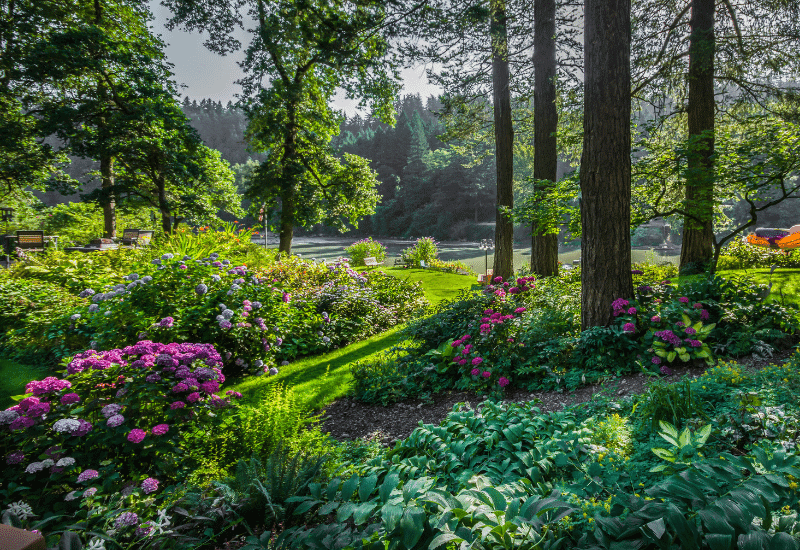
Why They Don’t Mix
Many flowering bulbs require full or partial sun to bloom properly. Under tree canopies, sunlight is limited, and bulbs may fail to bloom or produce weak flowers.
Examples
- Tulips
- Daffodils
- Hyacinths
Effects of Planting Under Trees
- Reduced flower size and bloom count.
- Delayed or incomplete flowering.
- Poor bulb development for the next season.
Best Practice
- Plant sun-loving bulbs in open garden beds with at least 4–6 hours of sunlight.
- Avoid dense shade under trees unless shade-tolerant bulbs are chosen.
4. Plants With Aggressive Growth
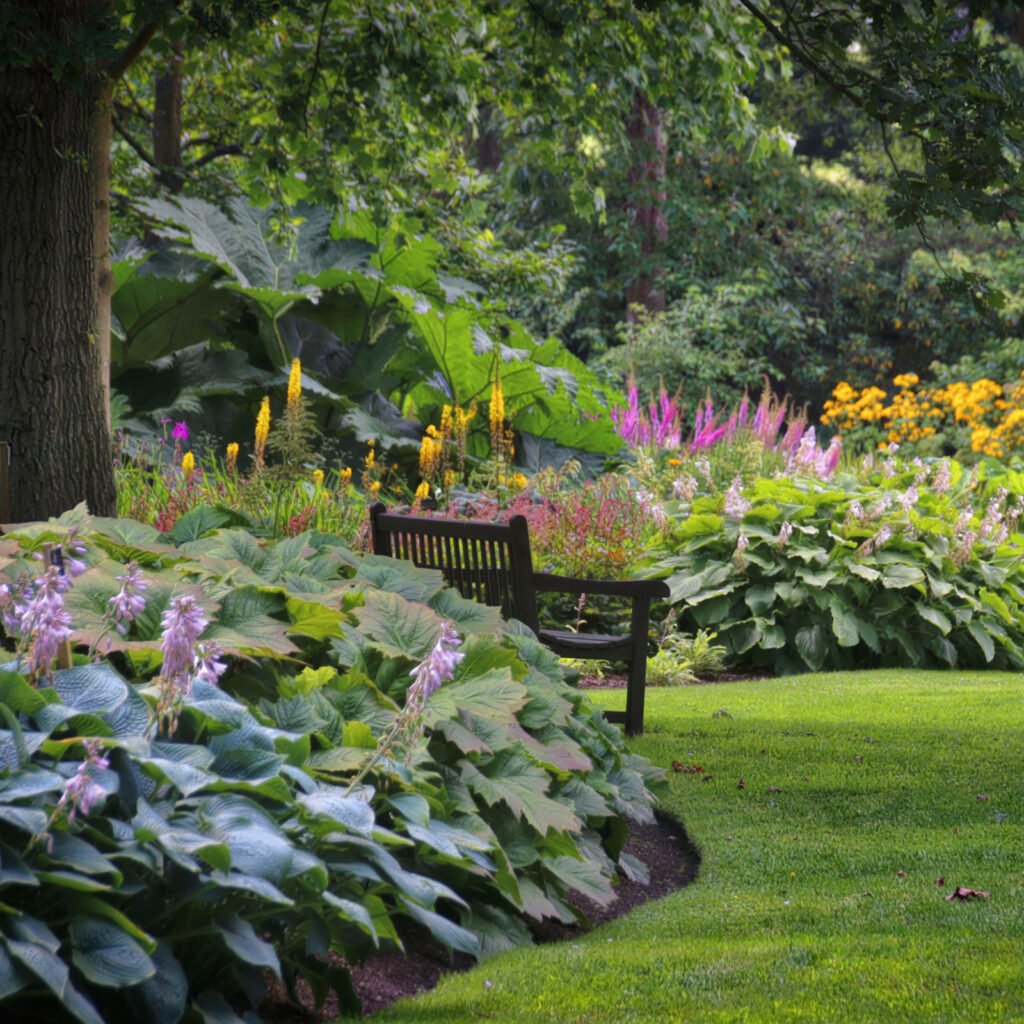
Why They Don’t Mix
Some plants are highly competitive and can struggle under tree canopies where resources are limited. Their aggressive growth can further stress tree roots and reduce survival rates.
Examples
- Mint
- Bamboo
- Jerusalem Artichoke
Effects of Planting Under Trees
- Competition for nutrients and water weakens both plants and trees.
- Invasive growth can crowd out other garden plants.
- Reduced aesthetic appeal and potential maintenance issues.
Best Practice
- Grow aggressive plants in isolated garden areas or containers.
- Consider root barriers if planting near trees is necessary.
5. Heat-Sensitive Annuals
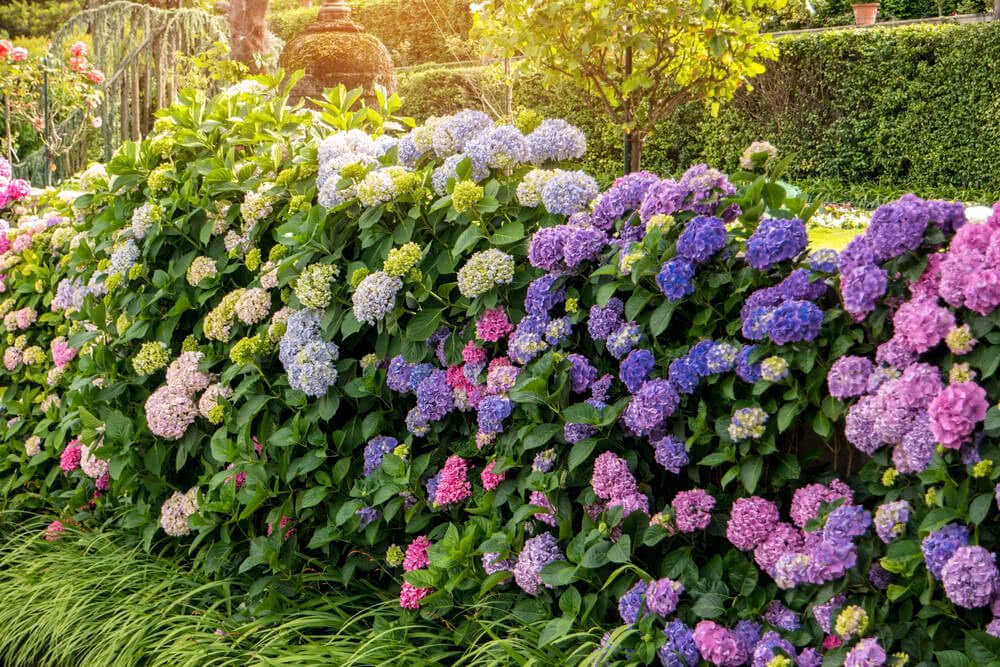
Why They Don’t Mix
Annual flowers that are sensitive to heat or dry soil struggle under trees because tree roots often draw away moisture, and the shaded canopy may trap heat and reduce air circulation.
Examples
- Petunias
- Impatiens (some varieties)
- Marigolds
Effects of Planting Under Trees
- Flowering may be sparse or delayed.
- Leaves may scorch or wilt during dry spells.
- Reduced longevity of annuals in garden beds.
Best Practice
- Plant heat-sensitive annuals in well-irrigated, open areas with consistent sunlight and airflow.
- Use shade-tolerant annuals if planting near trees is unavoidable.
6. Root-Sensitive Vegetables
Why They Don’t Mix
Vegetables with delicate root systems need fertile, well-drained soil with minimal competition. Under trees, roots are sparse and resources limited, which can stunt vegetable growth and reduce yield.
Examples
- Carrots
- Radishes
- Lettuce
Effects of Planting Under Trees
- Poor root development and misshapen vegetables.
- Low nutrient uptake resulting in reduced flavor and size.
- Increased stress makes plants prone to disease.
Best Practice
- Plant vegetables in raised beds or open garden plots away from trees.
- Ensure proper soil enrichment and irrigation for optimal growth.
7. Fruit-Bearing Shrubs
Why They Don’t Mix
Fruit-bearing shrubs need full sun and nutrient-rich soil for healthy flowering and fruit production. Planting under trees reduces light availability and soil fertility, negatively affecting fruit yield.
Examples
- Blueberries
- Raspberries
- Currants
Effects of Planting Under Trees
- Reduced fruit production or smaller, tasteless fruits.
- Sparse flowering due to insufficient sunlight.
- Weak root development and higher disease susceptibility.
Best Practice
- Plant fruit-bearing shrubs in sunny, open areas with well-drained soil.
- Avoid tree shade to maximize fruiting and growth.
General Tips for Planting Near Trees
- Understand Tree Root Zones: Tree roots extend beyond the canopy. Avoid planting within the drip line to reduce competition.
- Choose Shade-Tolerant Plants: If planting under trees, opt for species that can thrive in low light and dry soil conditions.
- Amend Soil Carefully: Sandy or nutrient-poor soil under trees may require compost or mulch to retain moisture.
- Watering Strategies: Deep watering may help plants survive under tree roots, but avoid overwatering, which can harm tree roots.
- Avoid Fertilization Conflicts: Fertilizer applied under trees can benefit the tree more than smaller plants, so plan soil nutrition accordingly.
Conclusion
Trees enhance gardens with shade, structure, and aesthetic appeal, but the space under them presents unique challenges for plant growth. Planting incompatible species under trees can result in stunted growth, poor flowering, or plant death. The seven plants you should never plant under trees are:
- Shallow-rooted perennials – compete directly with tree roots.
- Water-loving plants – cannot tolerate dry, tree-rooted soil.
- Sun-loving bulbs – fail to bloom without sufficient sunlight.
- Aggressive growers – compete with tree roots and damage tree health.
- Heat-sensitive annuals – stressed by dry, shaded, and warm conditions.
- Root-sensitive vegetables – stunted growth and poor yield.
- Fruit-bearing shrubs – require sun and nutrients for fruiting.
By understanding these plant requirements and planning accordingly, gardeners can maximize garden productivity, preserve tree health, and create beautiful, thriving landscapes. Proper plant placement ensures that both trees and companion plants flourish harmoniously, resulting in a balanced and sustainable garden ecosystem.
